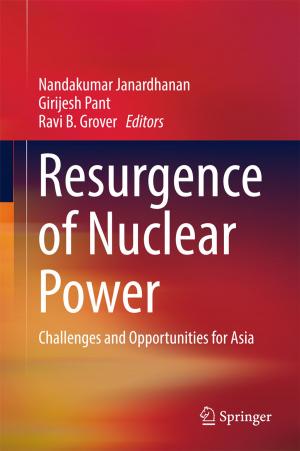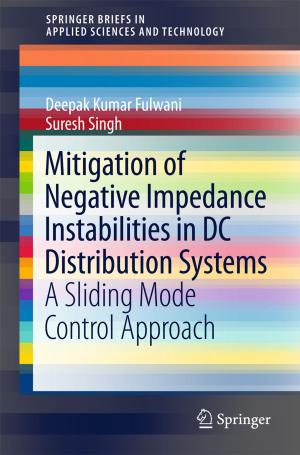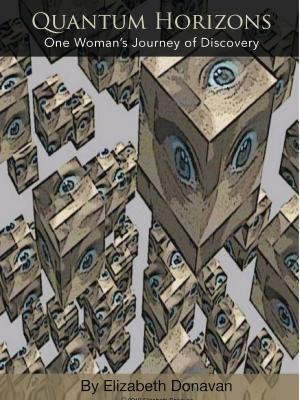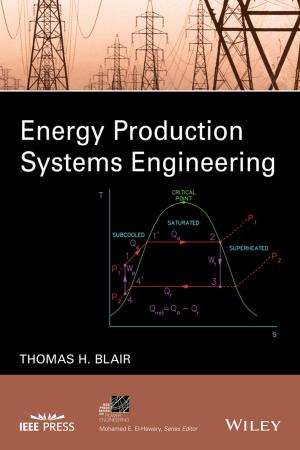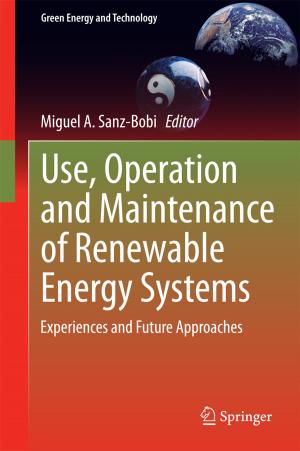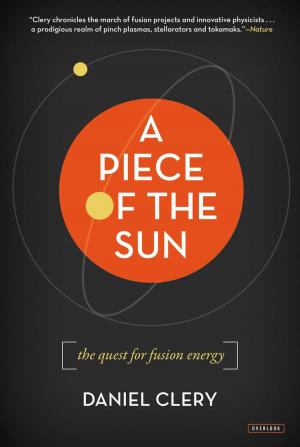| Author: | Steven B. Krivit | ISBN: | 9780996886437 |
| Publisher: | Steven B. Krivit | Publication: | January 11, 2017 |
| Imprint: | Smashwords Edition | Language: | English |
| Author: | Steven B. Krivit |
| ISBN: | 9780996886437 |
| Publisher: | Steven B. Krivit |
| Publication: | January 11, 2017 |
| Imprint: | Smashwords Edition |
| Language: | English |
Steven B. Krivit's Explorations in Nuclear Research three-book series (Hacking the Atom, Fusion Fiasco, Lost History) describes the emergence of a new field of science, one that bridges chemistry and physics. The books give readers an understanding of low-energy nuclear reaction (LENR) research and its history and provide a rare behind-the-scenes look at the players and personalities involved.
Lost History, written for scientists and science historians, covers the period from 1912 to 1927, and explores the story of forgotten chemical transmutation research, a precursor to modern low-energy nuclear reactions (LENR) research. The book tells the story of century-old research that has been absent from the scientific dialogue for a hundred years — research that is surprisingly similar to events in the modern era.
In the formative years of atomic science in the early 20th century, at the same time that Niels Bohr introduced his model of the atom, and when nuclear science belonged to chemists and physicists alike, some scientists reported inexplicable experimental evidence of elemental transmutations. Papers were published in the top scientific journals of the day, including Physical Review, Science and Nature. Prominent scientists around the world participated in the research. The research was reported in popular newspapers and magazines, such as the New York Times and Scientific American. The book relies heavily on published journal papers.
The experiments, using relatively simple, low-energy benchtop apparatus, did not use radioactive sources, so the results defied prevailing theory. This, coupled with the fact that the experiments were not easily repeated, caused most scientists by 1930 to dismiss the entire body of research as a mistake.
This history of research was omitted from historical references — until now. With the benefit of hindsight, and in light of modern low-energy nuclear research (LENR) and theory, this lost history, after a 60-year hiatus, is told here for the first time. Lost History is the first book that provides critical analyses of the original published scientific papers of the transmutation experiments performed between 1912 and 1927. This book reveals the fascinating story of these experiments and provides significant insights about our understanding of the history of physics, chemistry and nuclear science.
Lost History chronicles the following events that have been either forgotten or misreported:
• From 1912 to 1914, several independent researchers detected the production of noble gases: helium-4, neon, argon, and an as-yet-unidentified element of mass-3, which we now identify as tritium. Two of these researchers were Nobel laureates.
• In 1922, two chemists at the University of Chicago created helium using the exploding electrical conductor method.
• In 1924, a German scientist accidentally found gold and possibly platinum in the residue of mercury vapor lamps that he had been using for photography.
• In 1925, a prominent Japanese scientist reported the production of gold and another metal that was later identified as platinum.
• In 1926, two German chemists pumped hydrogen gas into a chamber with finely divided palladium powder and reported the transmutation of hydrogen into helium. One of them later tried to dismiss the results, but he was never able to completely explain the data as a mistake.
• Contrary to nearly all accounts that credit Ernest Rutherford with the first nuclear transmutation — of nitrogen to oxygen — the credit belongs to a researcher who was working under Rutherford.
Steven B. Krivit's Explorations in Nuclear Research three-book series (Hacking the Atom, Fusion Fiasco, Lost History) describes the emergence of a new field of science, one that bridges chemistry and physics. The books give readers an understanding of low-energy nuclear reaction (LENR) research and its history and provide a rare behind-the-scenes look at the players and personalities involved.
Lost History, written for scientists and science historians, covers the period from 1912 to 1927, and explores the story of forgotten chemical transmutation research, a precursor to modern low-energy nuclear reactions (LENR) research. The book tells the story of century-old research that has been absent from the scientific dialogue for a hundred years — research that is surprisingly similar to events in the modern era.
In the formative years of atomic science in the early 20th century, at the same time that Niels Bohr introduced his model of the atom, and when nuclear science belonged to chemists and physicists alike, some scientists reported inexplicable experimental evidence of elemental transmutations. Papers were published in the top scientific journals of the day, including Physical Review, Science and Nature. Prominent scientists around the world participated in the research. The research was reported in popular newspapers and magazines, such as the New York Times and Scientific American. The book relies heavily on published journal papers.
The experiments, using relatively simple, low-energy benchtop apparatus, did not use radioactive sources, so the results defied prevailing theory. This, coupled with the fact that the experiments were not easily repeated, caused most scientists by 1930 to dismiss the entire body of research as a mistake.
This history of research was omitted from historical references — until now. With the benefit of hindsight, and in light of modern low-energy nuclear research (LENR) and theory, this lost history, after a 60-year hiatus, is told here for the first time. Lost History is the first book that provides critical analyses of the original published scientific papers of the transmutation experiments performed between 1912 and 1927. This book reveals the fascinating story of these experiments and provides significant insights about our understanding of the history of physics, chemistry and nuclear science.
Lost History chronicles the following events that have been either forgotten or misreported:
• From 1912 to 1914, several independent researchers detected the production of noble gases: helium-4, neon, argon, and an as-yet-unidentified element of mass-3, which we now identify as tritium. Two of these researchers were Nobel laureates.
• In 1922, two chemists at the University of Chicago created helium using the exploding electrical conductor method.
• In 1924, a German scientist accidentally found gold and possibly platinum in the residue of mercury vapor lamps that he had been using for photography.
• In 1925, a prominent Japanese scientist reported the production of gold and another metal that was later identified as platinum.
• In 1926, two German chemists pumped hydrogen gas into a chamber with finely divided palladium powder and reported the transmutation of hydrogen into helium. One of them later tried to dismiss the results, but he was never able to completely explain the data as a mistake.
• Contrary to nearly all accounts that credit Ernest Rutherford with the first nuclear transmutation — of nitrogen to oxygen — the credit belongs to a researcher who was working under Rutherford.





